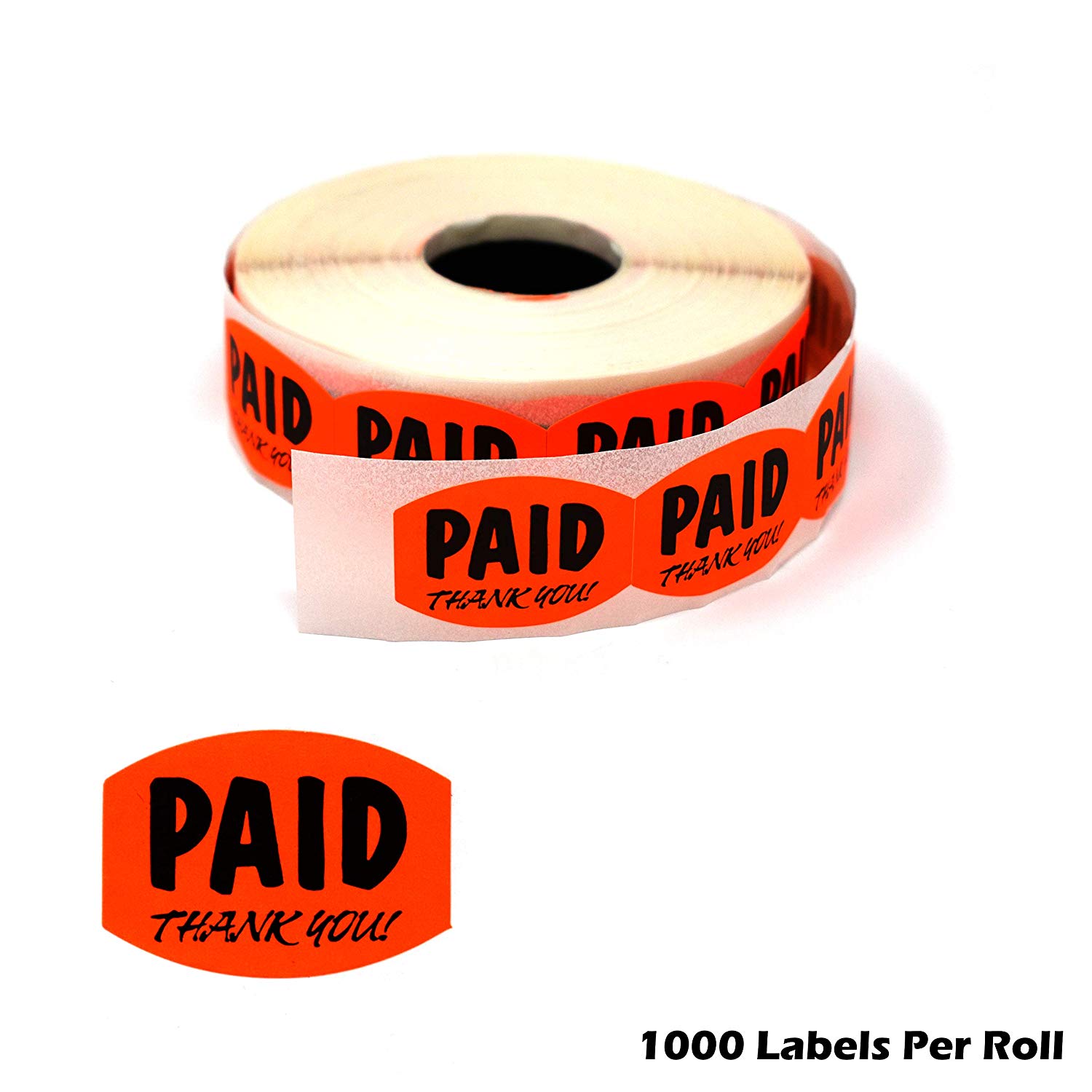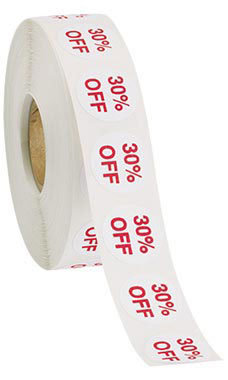Picking the Right Self-Adhesive Labels for Your Service and Personal Demands
Choosing the proper self-adhesive labels for both company and personal applications needs a nuanced understanding of various variables that affect their efficiency. Secret considerations include the material's longevity, appropriate sizing for optimum exposure, and glue toughness tailored to details usage circumstances. In addition, the choice of finish and printing techniques can considerably influence visual appeals and functionality. As we check out these vital components, it becomes clear that a calculated technique is important to ensure your tags not just satisfy assumptions yet also improve your general branding and company initiatives. What specific challenges do you face in this process?

Recognizing Label Materials
When picking self-adhesive labels, comprehending the numerous label materials is critical to guaranteeing optimum performance and longevity. The choice of material straight influences the tag's look, long life, and functionality. Usual label materials consist of paper, polypropylene, plastic, and polyester, each offering unique benefits and drawbacks.

Polyester labels supply exceptional toughness, being resistant to tearing, moisture, and UV light. This makes them a superb choice for industrial applications or items that call for long-lasting labeling services (Self-Adhesive Labels). Polypropylene, while comparable to polyester, is typically more economical and provides a good balance of longevity and print quality
Furthermore, think about glue types-- long-term, detachable, or repositionable-- relying on your specific demands. Inevitably, selecting the ideal tag product is important for achieving the preferred end result, guaranteeing that your tags execute effectively in their designated settings.
Identifying the Right Dimension
Selecting the suitable dimension for self-adhesive tags is an essential step that complements the choice of label materials. The size of a label can significantly affect its capability, presence, and total effect. Consequently, it is important to take into consideration the designated use the label when determining its measurements.
Firstly, review the details that needs to be displayed. Tags consisting of more text or graphics will certainly need larger measurements to make sure readability and visual appeal. Alternatively, minimalist designs might benefit from smaller sized tags that maintain a streamlined aesthetic.
Furthermore, consider the surface area on which the label will certainly be used. Different surface areas, such as envelopes, boxes, or containers, may determine particular size demands to make the most of attachment and exposure.
Moreover, consider the quantity of tags needed; bigger labels might be much more cost-effective for mass printing.
Reviewing Adhesive Stamina
How can one make certain that self-adhesive labels continue to be safely affixed in different problems? Reviewing sticky strength is vital for guaranteeing that tags perform ideally, whether in a controlled setting or based on extreme temperature levels, moisture, or other variables. The adhesive's efficiency is generally classified into 3 classifications: removable, irreversible, and ultra-permanent. Each category offers different applications, and comprehending the planned use is necessary.
For example, removable adhesives are suitable for tags that may need to be rearranged or eliminated without deposit, making them ideal for short-term applications. On the other hand, irreversible adhesives are developed to stand up to various conditions and give a strong bond, making them appropriate for long-lasting labeling needs.
Checking the glue strength can include peel attachment examinations, which measure the pressure called for to remove the label from a surface. If the adhesive will perform properly in real-world scenarios, this analysis aids figure out. Furthermore, considering the surface area product is important, as different substratums might connect with the glue differently. Inevitably, picking the appropriate sticky stamina makes certain that self-adhesive tags fulfill their objective, preserving integrity and presence throughout their designated lifespan.
Picking the Right Complete
The surface of self-adhesive tags plays a substantial function in their total performance and look, matching the sticky strength formerly gone over (Self-Adhesive Labels). The option of finish can influence not only the visual influence of the label but additionally its durability and functionality. Usual surfaces consist of matte, gloss, and semi-gloss, each serving various purposes
A matte coating offers a non-reflective surface area that is ideal for composing, making it appropriate for tags that require hand-written info. This surface additionally tends to hide finger prints and spots, improving the tag's look in time.
Alternatively, a gloss finish uses a glossy, lively look that enhances color saturation, making it ideal for marketing labels that require to capture the eye. This finish may be less suitable for writing, as it can smear conveniently.
Semi-gloss coatings strike an equilibrium in between the 2, supplying a mild luster while preserving great writeability. Furthermore, consider elements such as wetness resistance and UV protection, specifically for tags subjected to severe environments. By thoroughly choosing the best surface, companies look here and individuals can guarantee their labels effectively share their intended message while maintaining toughness.

Thinking About Printing Options
Examining printing alternatives is crucial for taking full advantage of the efficiency of self-adhesive tags. The method you select will dramatically impact the high quality and toughness of the end product. Self-Adhesive Labels. Usual printing techniques include digital, flexographic, and thermal transfer printing, each offering unique benefits and factors to consider
Digital printing is excellent for variable data and brief runs, permitting quick turnaround times and personalization. This approach makes it possible for organizations to create labels with high-resolution graphics and intricate layouts without sustaining considerable setup prices. It try this site might not be the most affordable choice for bigger quantities.
Flexographic printing, on the various other hand, is fit for high-volume production. It makes use of adaptable alleviation plates to transfer ink onto various materials, making sure consistent quality across big batches. This method is frequently preferred for its effectiveness and ability to publish on a wide variety of substrates, consisting of those with special coatings.
Thermal transfer printing is one more viable choice, particularly for labels that call for longevity against rough problems. This method supplies phenomenal print high quality and is commonly utilized for barcode and supply labels.
Inevitably, choosing the appropriate printing option pivots on your specific labeling requirements, budget, and production quantity.
Final Thought
In verdict, selecting the proper self-adhesive tags demands careful factor to consider of numerous factors, including label materials, size, adhesive strength, finish, and printing options. Each aspect plays an important duty in guaranteeing that the labels meet specific company or personal needs properly.
When more helpful hints picking self-adhesive tags, comprehending the numerous tag products is important to guaranteeing optimal efficiency and resilience.Picking the suitable size for self-adhesive tags is a basic action that matches the option of label products. Inevitably, choosing the best adhesive strength ensures that self-adhesive labels fulfill their objective, preserving integrity and visibility throughout their desired life expectancy.
The surface of self-adhesive tags plays a substantial function in their total efficiency and appearance, enhancing the sticky stamina previously talked about.In verdict, picking the proper self-adhesive labels demands cautious consideration of numerous elements, consisting of label products, size, adhesive toughness, finish, and printing alternatives.